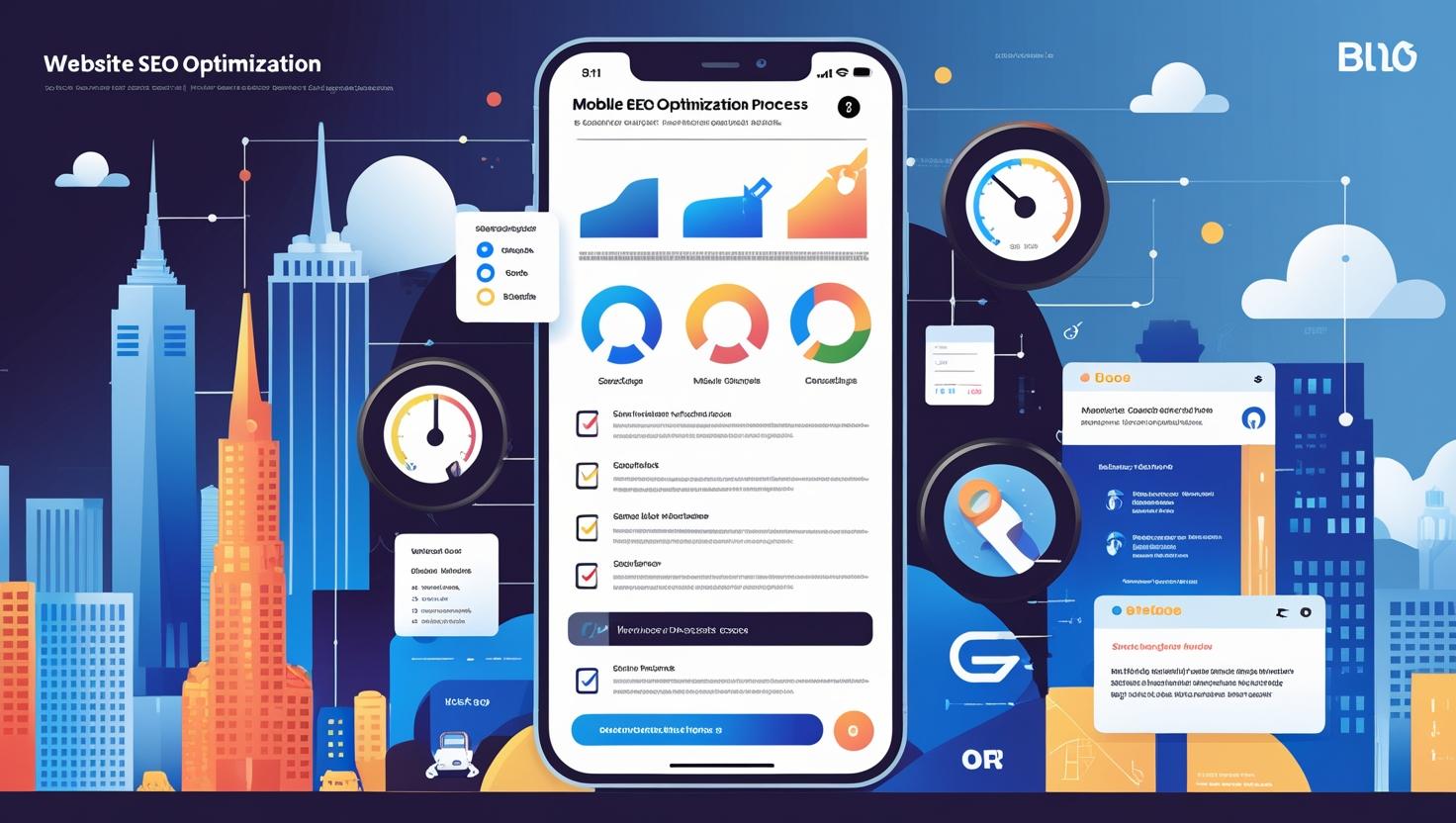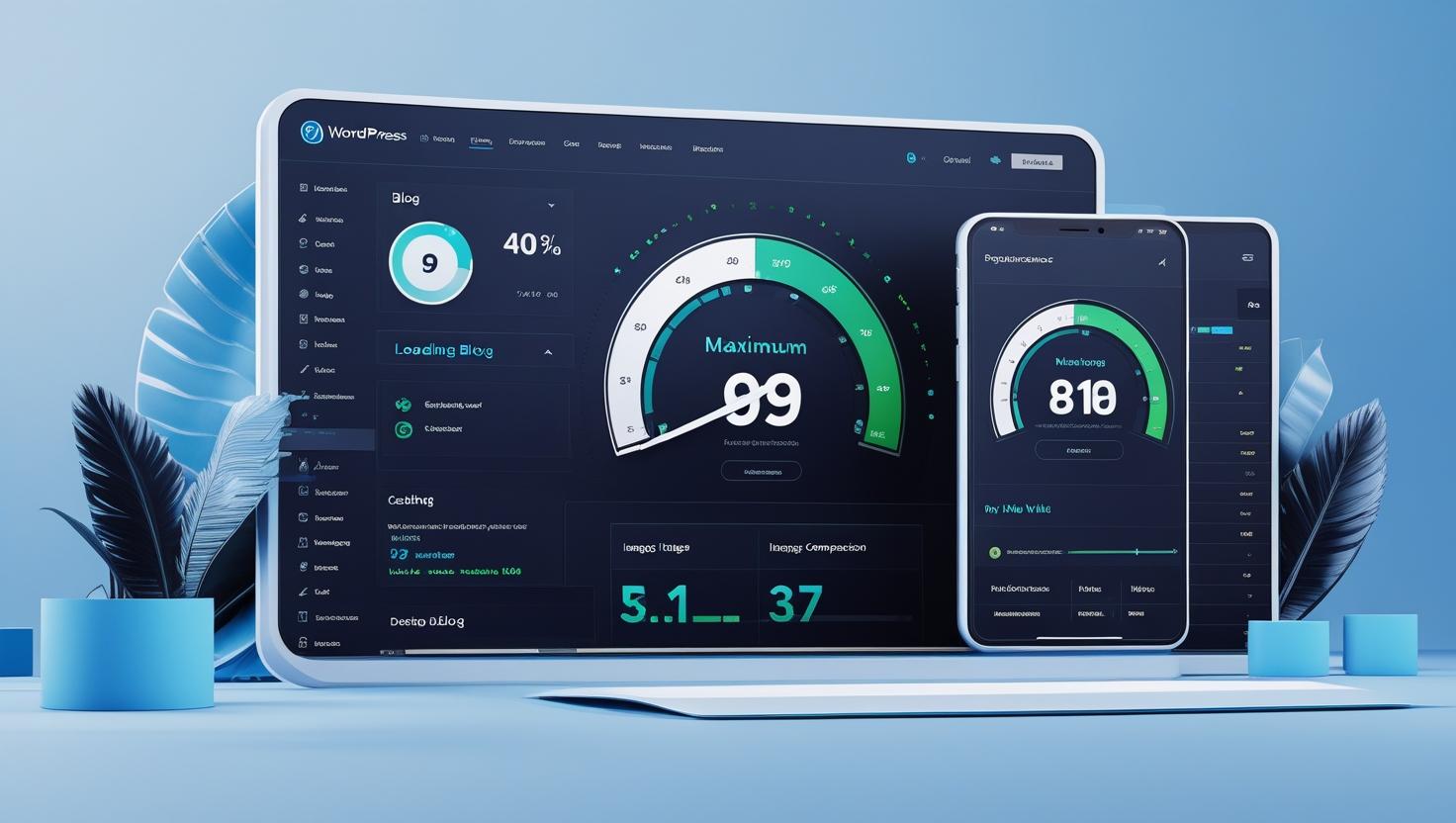

Introduction: Tired of Guessing What’s Working on Your Blog?
If you’re a blogger, tech enthusiast, or content creator trying to grow your blog in the USA, Norway, Canada, Australia, or Europe — you’re probably wondering: What’s really driving traffic to my blog?
You post consistently, target keywords, and optimize your content… but your traffic feels stuck. Here’s the good news: you don’t need to guess anymore.
Google Search Console (GSC) is a free blog analytics tool that shows you how your content performs on Google search. From what keywords you rank for to which pages are losing clicks — GSC is the missing dashboard most bloggers ignore.
This guide by Web Write Tech is your complete, beginner-friendly breakdown of how to use Google Search Console for blog growth in 2025.
Let’s dive into the real data that can transform your blog.
What Is Google Search Console? (Snippet-Friendly Definition)
Google Search Console is a free tool provided by Google that helps you monitor, maintain, and troubleshoot your site’s presence in Google Search results.
It provides insights into how your blog is indexed, what keywords bring users to your site, and which pages are underperforming.
Why Google Search Console Matters for Bloggers in 2025
Still wondering why you should use GSC? Here’s what makes it essential:
- Completely free with no hidden fees
- Direct insights from Google itself
- Helps you find high-CTR opportunities
- Shows keyword impressions vs clicks
- Alerts you about indexing issues
- Reveals how to grow blog traffic organically
Whether you’re a solo blogger or managing a content team, GSC gives you the edge.
Step-by-Step: How to Use Google Search Console for Blog Growth
Step 1: Set Up Your Google Search Console
- Go to https://search.google.com/search-console
- Click “Start Now” and sign in with your Google account
- Add your blog’s domain
- Verify ownership via DNS, HTML tag, or Google Analytics
✅ Tip: If you’re using WordPress, many SEO plugins like Rank Math or Yoast make this step easier.
Step 2: Navigate the Dashboard
Here’s what you’ll see once verified:
- Performance: Keyword rankings, impressions, CTR
- Coverage: Indexed vs non-indexed pages
- Experience: Core Web Vitals and page speed
- Enhancements: Mobile usability, structured data
Step 3: Analyze Blog Traffic with Performance Report

- Click on “Performance” tab
- Set the date range to “Last 3 Months” or “Compare” view
- Look for:
- Top queries (what people search before clicking your blog)
- Pages with high impressions but low clicks
- Average position (Google ranking)
This is how you start tracking keyword performance for your blog.
Step 4: Use Filters for Better SEO Insight
You can filter by:
- Page URL: See what keywords rank for a specific blog post
- Query: Analyze keyword trends
- Country: Check how your blog performs in the USA, Norway, etc.
- Device: Mobile vs desktop traffic
Step 5: Find High-Impression, Low-CTR Posts
These are hidden opportunities:
- Posts that appear in search but get few clicks
- Optimize their titles and meta descriptions
- Improve headlines for better Google Search Console CTR improvement
Step 6: Submit URLs for Indexing
- If your post isn’t appearing in search, use the “URL Inspection Tool”
- Paste your URL → Click “Request Indexing”
🚀 Pro Tip: Always submit new blog posts and major updates.
Step 7: Check Coverage Report
The GSC coverage report for bloggers shows:
- Indexed pages
- Errors like “404 not found” or “Crawled – not indexed”
- Excluded pages
Fixing these boosts your blog’s overall health.
Step 8: Monitor Core Web Vitals
This section tells you:
- How fast your pages load
- Mobile-friendliness
- Cumulative layout shift (CLS)
Use it to make your blog AdSense-ready and user-friendly.
Common Mistakes to Avoid with GSC
- ❌ Only checking performance data without taking action
- ❌ Ignoring the Coverage tab
- ❌ Not submitting updated posts for re-indexing
- ❌ Assuming impressions mean traffic
- ❌ Not optimizing low-CTR posts
- ❌ Overlooking Search Console insights for content strategy
Avoid these and you’ll extract 10x more value from GSC.
Best Tools to Combine with Google Search Console
To amplify your results, pair GSC with these:
- Google Analytics 4 (GA4) – Combine user behavior with search data
- Rank Math SEO – Easy integration and on-page optimization
- Ubersuggest – Discover new keyword opportunities
- Surfer SEO – Content optimization suggestions
- Canva – Design better featured images and visuals
- Screaming Frog SEO Spider – Crawl and audit your blog pages
These tools help you analyze blog posts, optimize content, and grow traffic.
FAQs About Google Search Console for Bloggers
1. What’s the difference between Google Analytics and Search Console?
Analytics shows what users do after landing; Search Console shows how they got there via search.
2. How often should I check Google Search Console?
At least once a week. More often if you’re publishing regularly or running SEO campaigns.
3. Can I use Google Search Console for a WordPress blog?
Yes, just verify your site using a plugin like Rank Math or insert the HTML tag manually.
4. What’s a good CTR in Google Search Console?
Anywhere between 2–5% is solid. Focus on improving any CTR below 1%.
5. How do I fix “Crawled – currently not indexed” issues?
Update the content, make sure it’s valuable, and resubmit it for indexing.
6. Can I see what keywords people use to find my blog?
Yes! Go to the Performance tab and check the Queries section.
Internal Linking Suggestions (from WebWriteTech.com)
- How to Create SEO-Friendly Blog Posts Using Rank Math
- Proven Ways to Create Viral Content That Works in the USA (2025 Guide)
- Top 10 AI Tools Bloggers Are Using in the USA (2025)
Conclusion: Turn Your Blog Data Into Blog Growth
Google Search Console isn’t just a report — it’s a growth engine for bloggers. It gives you real-time feedback from Google, tells you what’s working, and shows you where to double down.
With this guide, you now know how to use Google Search Console for blog growth step-by-step.
At Web Write Tech, we help bloggers and content creators like you turn data into smart strategies. Whether you’re in the U.S., Europe, or beyond — it’s time to grow your blog smarter.
✅ Ready to take control of your blog’s performance?
Open your Google Search Console. Review your top posts. Start optimizing — and let your blog rise to the top of Google.
Want more beginner-friendly SEO guides? Stay tuned to WebWriteTech.com and follow our blogging tips every week.

















